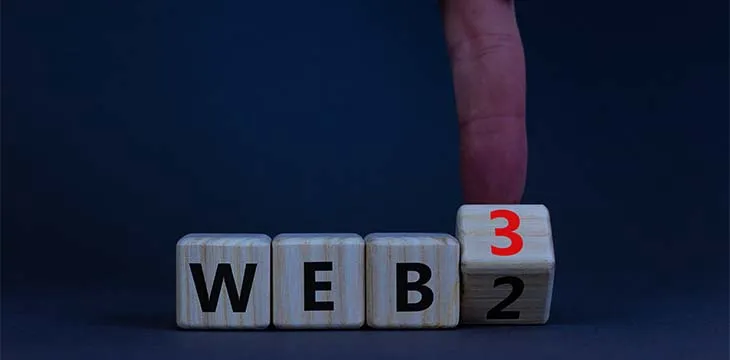|
Getting your Trinity Audio player ready...
|
This is an excerpt of “The important of firm foundations in Web3” thought piece that is first published on The Digital Wayfinder, the newsletter by George Siosi Samuels tackling topics from Web3 to Notion AI and ancient history.
Law and order are fundamental building blocks for any economy (or civilization, for that matter). But why?
Because without solid foundations in these areas, you cannot build a thriving economy on top of it. And when it comes to societies, even digital, those foundations can include everything from law to belief systems.
In the world of Web3—the tech has given way to greed, and early adopters have been led astray by misguided narratives (e.g., decentralization, DeFi, “not your keys, not your crypto,” etc.).
As a result, criminal activities have run awry. And folks in Web3 are only now starting to see why things like law and order matter:
Remember Top Shot?
Is it a security or not?Dapper Labs filed a motion to dismiss the lawsuit arguing its collection of digital basketball cards are not securities.
But the judge ruled against it.
🧵Here’s why NFT founders should watch out for this case
— string 🇦🇺🍗 (@StringStory) February 25, 2023
This is a far cry from just a year or so ago when everyone was hyping over NFTs. Before that, it was ICOs in crypto.
The problem with all this is that it shows just how blind we can get from the shiny and new. But the more we peer into the past, the more we can see the same sort of patterns play out—regardless of the jargon at the time.
The Past (Lessons from History)
The “Wild West” of the United States
The Wild West period in the United States (c. 1865-1895) was a period of 30 years involving lawlessness and chaos. Individuals had to rely on their own abilities to protect themselves and their property. However, as the population grew and the need for stability increased, the government began to establish law and order. This was facilitated by the creation of local law enforcement agencies, such as sheriffs and marshals, and the passage of laws that governed behavior and protected individual rights. The establishment of law and order was necessary for economic growth, as it provided a stable environment in which businesses could operate, and people could feel secure in their daily lives.
The Golden Hordes of Mongolia
In ancient Mongolia, various tribes were often in conflict with one another, hindering the growth and stability of the region. It wasn’t until Genghis Khan emerged and began to establish law and order (~1206 AD) that the various tribes were able to come together and unite under a single banner. Genghis Khan’s law code, the Yassa (which I’ve mentioned before here), helped to standardize the various tribal laws and customs, creating a sense of unity and cohesion among the Mongolian people. By establishing law and order, Genghis Khan was able to create a stable environment in which the Mongolian people could thrive, leading to the eventual formation of the Mongol Empire.
The Code of Hammurabi & Ancient Mesopotamia
Law and order played a significant role in bringing the empire of Mesopotamia together. The Code of Hammurabi, one of the earliest legal codes, was created to establish justice and preserve order in ancient Babylon. The code was based on the principle of “an eye for an eye” and served as a means of punishing wrongdoers. The code encompassed a wide range of topics, including criminal law, family law, and commercial law. By enforcing strict laws and punishments, the Babylonian empire was able to maintain order and stability throughout its territories.
So what did all these examples have in common? Law. Codes.
But what ensured these laws and codes were kept? Law enforcement.
Modern Times (Lessons from Today)
So how do all these past examples translate to modern times? Well, if we use Bitcoin as an example, we can see how the law/code/rules equivalent was passed down by Satoshi Nakamoto through the now-famous Bitcoin white paper. In software engineering, a “protocol” can also be substituted for “rules.”
Read the full piece and subscribe to The Digital Wayfinder newsletter by George Siosi Samuels here.
Watch: Web3 and BSV Blockchain

 07-05-2025
07-05-2025 





